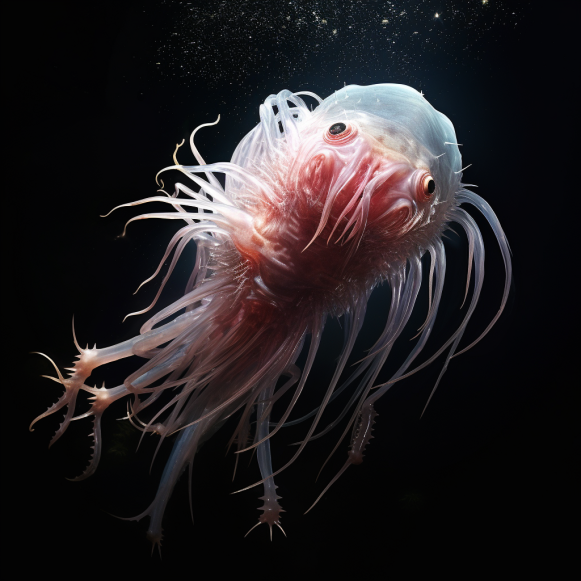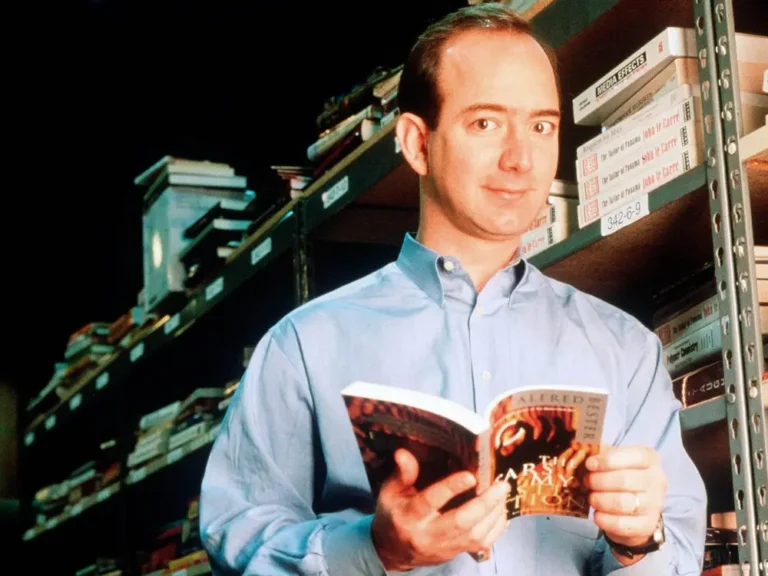This Monterey Bay deep-sea creature is the ‘sister’ that took its own evolutionary path

Northern California researchers’ genetic analysis anoints mysterious comb jelly in scientific debate
We don’t know what the first animal looked like, but scientists believe it arose 700 million years ago from a soup of single-celled organisms floating in the ocean. The multicellular creature thrived, multiplied, and evolved, eventually separating into two distinct species.
One species continued to evolve, eventually producing almost all of the animals on Earth — dinosaurs, humans, cats, and mosquitoes. The other species, the “sister to all other animals,” followed a different, more limited evolutionary path.
Scientists now have the clearest evidence to date as to which animal alive today is the sister’s true descendant: it’s the mysterious comb jelly, several species of which thrive in Monterey Bay.
After a team of Northern California researchers led by Darrin Schultz, a 30-year-old biologist at the Monterey Bay Aquarium Research Institute, published the evidence in the scientific journal Nature in May, the scientific consensus sided with the gelatinous deep-sea creature over the other leading contender, the simple sponge. The scientific community has embraced both the team’s findings and its novel approach in the months since the report was published, with many scientists now predicting that the team’s work will change the way evolution is studied.
“It’s an extraordinary result,” said Max Telford, a zoologist at University College London who has spent years researching the subject and always thought the sponge was the sister. “The new analyses are plain to see for anyone to see.”
Previously, scientists on both sides of the debate relied heavily on the traditional method of comparing individual genes in animals, but the NorCal team discovered a way to compare their entire chromosomes.






